|
Join me on a road trip to visit four unique wineries along the southeastern stretch of Sicily. It is an expanse of land filled with beautiful landscapes, historic sites, ancient ruins, and distinctive terroir that lured these wineries here. And, of course, there is lots of wine and mouthwatering local cuisine to taste! My last article about Sicily covered Vittoria DOCG, the final stop on my southeastern wine tour. http://thewineknitter.com/the-journal/a-taste-of-vittoria Today, we will go back to the beginning of the tour with Catania as our starting point. The sea to the east and the mountains to the west were a constant companion as we traversed the terrain, making our way south. On our way to Siracusa, we stopped for a seaside lunch at Stravento Ristorante Sul Mare in the hamlet of Brucoli in Augusta by the Ionian Sea. Here is a sampling of the local cuisine we enjoyed. (All slideshow photo credits: Penny Weiss) Having sated our palates, we continued on our journey south to explore a few wineries. Peter Vinding-Diers Montecarubbo Winery Montecarrubo is a small 5-hectare estate situated on the remains of an inactive volcano that exploded approximately two million years ago. It is near the town of Melilli, with breathtaking views overlooking the Ionian Sea and the bay of Augusta, between Catania and Siracusa. Peter and Susie Vinding-Diers came to Sicily seeking unusual and serious terroir to plant vineyards. Peter’s extensive experience as a winemaker has taken him to places such as South Africa, Bordeaux, Brazil, Spain, Chile, and Hungry, always leaving his mark as a talented winemaker and innovator. And now, he and his wife are in Sicily making Syrah! Yes, I said Syrah. Peter said, “I tried making Nero d’Avola, but it doesn’t interest me. I’m here to make Syrah. The mutations of Syrah here are endless, and I wanted something more precise.” After finding the perfect setting, the winery was established in 2005. At the time of purchase, the land was just grass, stone, and old lava pieces. Once Peter began bulldozing the land, he discovered a “beautiful profile of perfect soils with different layers and a top layer of coral reef.” He described it as light sand with fragments of coral reef to the west with deep loamy granulated black subsoil full of oxygen. And to the east, facing the Ionian Sea, it is a former seabed with fossilized sand. “You could call this a paleolithic vineyard.” They planted two vineyards of Syrah in 2010. His wines from these vineyards have been rated among the best examples of Syrah in Italy. Montecarrubo is certified organic. Fermentations are spontaneous with natural yeasts, and the wine is aged in tonneaux with no filtrations. In addition to grape vines, Montecarrubo is also home to 1,300 mature Nocellara Etnea and Nocellara del Belice olive trees. These indigenous varieties, farmed organically, produce excellent organic extra virgin olive oil each autumn. Our visit included a vertical tasting of Vignolo IGT Terre Siciliane 100% Syrah from 2012 through 2021, showing its ability to display fruitiness, depth, and elegance through all the vintages. Dark berries, minerality, soft tannins, and spice were ever present, with the 2017 vintage beginning to show more tertiary flavors. The wines are made in limited quantities and are available in several markets worldwide. So if you can find a bottle, you are in for a treat! Planeta “Buonivini” Winery Planeta was founded in 1985, but its family history of agriculture and winemaking in Sicily spans five centuries and seventeen generations. As seen on the map below, Planeta has six wine estates in five regions spread east to west in Sicily. The first vines were planted at Ulmo in 1985, and by 2015 they established their 6th winery, La Baronia at Capo Milazzo. Today my focus is on their Buonivini Winery in Noto. Planeta founded this estate in 1998. Patricia Toth, responsible for production and enologist at the Etna estate, said, “We moved to Buonivini to make what is the most elegant expression for us of Nero d’Avola and Moscato.” Buonivini has 45 hectares and three vineyards that produce DOC Santa Cecilia (100% Nero d’Avola), Controdanza, DOC (Nero d’Avola and Merlot blend), Allemanda Sicilia Noto DOC (100% Moscato Bianco, Moscato di Noto and Passsito di Noto that is made in a sweet and dry version. They also have a small area for Merlot and maintain four varieties of almond trees on seven hectares. The winery is “invisible” and underground. As Calogero Riportella, the estate’s enologist and agronomist said, “The cellar, which was built underground in 2003, preserves the landscape. The cellar also keeps the wines naturally cooler. He added, “We practice biodiversity and sustainability.” Calogero explained that this is the driest and hottest part of Sicily. The Mediterranean and Ionian sea come together and create a light breeze, which is very important for the vineyards. In addition, the soil has a great capacity for water retention, which is essential due to minimal rainfall of two to three times a year. With very white limey soils, it is the ideal terroir for Nero d’Avola and Moscato Bianco. Patricia said, “This is one of the most exciting areas for me, for the soil is comparable to Champagne.” All slideshow photo credits, Penny Weiss, except where noted. Patricia led us through a wine tasting of Buonivini wines, including wines from their other estates, accompanied by a delicious dinner. Santa Cecilia Noto, DOC is their top-of-the-line wine featuring 100% Nero d’Avola. Beautiful and complex. Floral notes with dark juicy fruit, spice, balsamic, and nice acidity. Controdanza Noto DOC is 85% Nero d’Avola and 15% Merlot grown in white soils. Dark berries, earthy, baking spice, cherry, and vibrant acidity. Allemanda Sicilia Noto DOC is 100% Moscato Bianco. It is a dry, crisp, and deliciously aromatic wine with jasmine, citrus, and notes of minerality and the sea. Passito di Noto Sicilia Noto DOC is 100% Moscato Bianco. An explosion of flavor with this “antique” wine. Floral, citrus fruit, apricot, honey, dried fruit, and tropical notes all come together in this complex and elegant wine. All slideshow photo credits Penny Weiss Planeta wines can be found in the USA and abroad. Feudo Maccari Antonio Moretti Cuseri, owner of Tenuta Sette Ponti in Tuscany, visited the Val di Noto in the late 1990s and fell in love with the area. He was smitten by Sicily’s famous Baroque style and the sea’s warm waters. He was so taken that he began a new project and created one of the most exciting viticulture businesses in the area. He has put together 250 hectares of property along the cliffs and beaches of this southernmost area of land in Noto, purchasing pieces of land from various owners, little by little. Maccari is the center of it all; it is here that the vineyards overlook the natural oasis of Vendicari (a nature reserve.) Antonio Moretti Cuseri has focused on native grape varieties like Nero d’Avola, Grillo, and Moscato di Noto, as well as international grapes like Syrah and Cabernet Sauvignon, bringing a fruity elegance and rich minerality to each wine. The first bottle produced at the estate was a 2000 Nero d’Avola. The proximity to the sea and the limestone-rich soil make this area perfect for quality winemaking, giving the grapes unique characteristics. The vineyards overlook the Ionian Sea and the natural oasis of Vendìcari and benefit from constant ventilation, which keeps the grape bunches healthy, so they are never stressed from the excessive heat. Only organic farming is practiced; they head-train all their vines to protect the grapes from the hot sun. The wood for aging is eclectic. Barriques are from France, and tonne and chestnut barrels are from Tuscany. The only white grape they work with is Grillo, and there are several interesting interpretations, such as Volé Mosso Bianco, fermented in small stainless steel vats that are temperature controlled and then left to slowly re-ferment at low temperatures. It is bottled with a slight residue of natural carbon dioxide and aged in bottle for three months. Family And Friends Grillo goes through temperature-controlled fermentation and maceration, partly in egg-shaped concrete tanks and partly in small oak barrels for about 20 days and then aged partly in egg-shaped concrete tanks and partly in small oak barrels for at least six months and another in bottle for six months. They are exciting wines to drink! As you can see from the photos below, we tasted a lot of wine. Feudo Maccari’s red wines are impressive, from Neré, a light and fresh Nero d’Avola aged in stainless steel to, Saia, a Nero d’Avola aged in small oak barrels for 12-14 months that is round and elegant. In addition, they produce noteworthy Syrahs such as Mahâris with rich fruit and minerality. After the tasting, my palate was singing! Slideshow photos credit: Penny Weiss Tenute Zisola The Mazzei family is no stranger to fine winemaking; their wine history dates back to the 11th century. For the past 24 generations, the Mazzei family has been producing wines at Castello di Fonterutoli in the heart of the Chianti Classico zone. I had the pleasure of tasting these wines last year with Giovanni Mazzei, who represents the 25th generation. The Mazzei family made their debut in Sicily in 2003 when they established Tenute Zisola. It is a “stone’s throw” from Noto, where they own 52 hectares of land that surrounds three traditional farmhouses called bagli. Slideshow photo credits: Penny Weiss In addition to 22 hectares of grape vines, they cultivate olives, citrus fruits, and almonds. They are in the process of converting to organic production, which should be completed and certified by 2023. Dario Pennino, the export manager, said, “We specialize in viticulture. When the grape harvest is done, we tend to the orchards. What is important is the connection with terroir.” Nero d’Avola is the principal grape grown here, but they also produce small quantities of Syrah, Petit Verdot, Grillo, and Catarratto. Like many other wineries in the southeast, the sea breezes from the nearby coast keep the vineyards cool from severe heat. The soils are calcareous, medium textured, and rich in gravel which contribute to minerality, freshness, and elegance in the wines. They have a small but efficient winery with vinification in temperature-controlled stainless steel vats and approximately 350 oak barrels in which the wines are aged. We sampled wine while gazing out over a stunning vista. It was a small hike to get there, but well worth it. Francesco Loi, a 24-year-old enologist who guided us through the tasting, told me he began making wine at 14. The 2021 harvest is his first one with Zisola. Slideshow photo credits: Penny Weiss Zisola produces five wines, four reds, and one white. Their objective in making wine is to “approach it with sensitivity and respect.” One of our hosts said, “It takes time to make good wine. We don’t make coca cola.” Azisa Sicillia DOC 2021 is 100% Grillo. It is aromatic, dry, and fresh, with floral, citrus, white stone fruit, and pleasant minerality. Doppiozeta Noto Rosso DOC 2017 This is Zisola’s hallmark wine made with 100% Nero d’Avola from three unique plots. It was aged in new/used tonne for 16 months. Lush red fruit, cherry, spice, and a hint of mint with nice length with a 20+ year aging potential Zisola Sicilia Noto Rosso DOC 2019 100% Nero d’Avola aged in barrels for ten months. Cherry, red berries, herbal notes with acidity coming through. It is light and fresh. Achilles Syrah Sicilia DOC 2017 This 100% Syrah is aged 15 to 16 months in small French oak barrels. Dark cherry, earthy, smokey notes, and a nice balance of acidity and tannins. Effe Emme Tere Siciliane IGT 2016 is 100% Petit Verdot and is aged for 16 months in small french oak barrels. An intense wine that is very earthy with dark fruit, cherry, blackberry, spice, and a hint of dark chocolate. We continued to taste wine while enjoying a delicious lunch that Zisola prepared. Slideshow photo credits: Penny Weiss The wines I tasted on my tour of the southeast paired beautifully with all the local cuisine and specialty dishes. These versatile and expressive wines reflect the terroir, dedication, and love of this unique area of Sicily. They are a treat for the palate and soul. And I understand now the lure that beckons wine producers to come here.
I always say, “There is nothing better than pouring a part of Sicily into a wine glass.” Of course, I highly recommend taking a first-hand tour of this magical island! Until next time, Cheers! Penina To leave a comment or if you have an inquiry, please contact me at [email protected] You’re right! I can’t seem to stay away from Sicily! Let’s face it; there is so much to explore! It is the largest island in the Mediterranean Sea and the second-largest wine-producing region in Italy (Puglia being first). Still, Sicily takes first place for the number of vineyards in a region. There is a multitude of wineries with over 70 indigenous grape varieties planted, as well as international varieties. I know I’m being repetitive with information, but my enthusiasm for Sicily keeps erupting. So I will tame the beast for now, and if you seek more information, please check out my “many” articles on Sicily from the menu on the right. Here are three more gems from this magical island to please your palate! Planeta La Segreta Il Rosso Sicilia DOC 2019
Planeta was founded in 1985, but its family history of agriculture and winemaking in Sicily spans five centuries and seventeen generations. Planeta has five estates spread out from east to west in Sicily. The grapes for this blend are sourced from the Menfi territory, which contains the majority of Planeta’s vineyards on the western side of the island. This wine is 50% Nero d’Avola, 25% Merlot, 20% Syrah, and 5% Cabernet Franc. Maturation takes place in stainless steel tanks. Nose: Red berries, spice, and cherry. Palate: A light and fresh wine with aromas continuing onto the palate with herbal notes and smooth tannins. Alcohol: 13% SRP: $15.99 Pairings: Appetizers, light pasta dishes, grilled salmon, chicken, or a veggie burger. Feudo Principi Di Butera Deliella Nero D’Avola, Sicilia DOC 2014 Principi Di Butera is a 320-hectare estate located in the southeastern part of Sicily, 10 kilometers from the sea, and sits on one of the most mineral-rich areas on the island. The Zonin family has owned the estate since 1997, and it surrounds an ancient feudal domain. This 100% Nero D’Avola is the premier cru produced by this estate, and grapes are sourced from a single vineyard. It is aged for14 months, 90% in barrels and 10% in second-use tonneaux. The wine is then aged for about one year in bottle. Nose: Dark cherry, red fruit, baking spice, and a touch of herbs. Palate: Beautiful and structured with notes of cherry, dark berries, and herbs with a perfect balance of minerality and acidity. A long finish with lingering notes of spice and cherry. Alcohol: 14% SRP: $89.99 Pairings: Appetizers, roasted white meat, stews, glazed duck, seared tuna, or aged cheese. Donnafugata Ben Ryé Passito Di Pantelleria Sicilia DOC 2017 The Rallo family owns the iconic Donnafugata, and their family history of winemaking dates back to 1851. They have several wineries and over 405 hectares of vineyards located throughout Sicily, including historic aging cellars at their Marsala winery. This is a naturally sweet wine made with 100% dried Zibibbo grapes sourced from vineyards on Pantelleria Island off the coast of Sicily. Nose: Rich notes of floral, figs, apricots, raisins, and honey. Palate: Aromas segue onto the palate with a hint of minerality and herbs, creating a gentle sweetness and savory perfection. The bonus is a long and intense finish. Alcohol: 14.5% SRP: $45 for a 375ml bottle Pairings: Enjoy as an aperitif or serve with cheese and dessert. No doubt I’ll be back soon with more selections to enjoy from Sicily! Until next time… Cheers! Penina To leave a comment or if you have an inquiry, please contact me at [email protected] My love affair with Sicily continues with a potpourri of delectable wines from Sicilia DOC that are sure to please the palate. Each bottle of wine is expressive of Sicily’s typical Mediterranean climate, diverse soils, and landscapes of which approximately 61% is hilly, 24% is mountainous, and 15% makes up the flatter areas near the coast. As of 2020, within Sicilia DOC, there are 23,521 hectares under vine, 498 wineries, and 7,863 vine growers. With over 70 indigenous Italian grape varieties planted throughout Sicily, 31 of these varieties are planted within Sicilia DOC along with international varieties. These six wines are produced from upland (hilly) vineyards and demonstrate the uniqueness of these elevated plateaus. The defining factors are soil, topography, and altitude, with a focus on sustainability, and many wineries that are certified organic. Di Giovanna Helios Grillo 830m. 2020 Sicilia DOC Di Giovanna is a family-run winery founded in 2004 by 5th-generation winegrowers Klaus and Gunther Di Giovanna. The family has five vineyards located between the provinces of Palermo and Agrigento in western Sicily, and the winery is situated on a natural preserve. The grapes for this 100% Grillo are sourced from a mountainside single vineyard at 830 meters above sea level in Fiuminello, Sambuca di Sicilia. The soil is composed of limestone and ancient marine sediment that imparts a vibrant mineral finish to the wine. Fermentation takes place in stainless steel and French tonneaux. 90% of the wine is aged on the lees in steel for nine months, and 10% is aged in tonneaux. This wine is certified organic. Nose: Intense aromas of white flowers, citrus, and pineapple Palate: Lovely texture, rich fruit, savory and complex with vibrant acidity and minerality. Alcohol: 12.5% SRP: $28.95 Pairings: Enjoy as an aperitif or pair with light fare. Principi Di Butera Carizza Insolia 2020 Sicilia DOC Principi Di Butera is a 320-hectare estate located 10 kilometers from the sea and sits on one of the most mineral-rich areas on the island. The Zonin family has owned the estate since 1997, and it surrounds an ancient feudal domain. This 100% Insolia is grown on the hillside vineyards of Butera with soil that is rich in clay. The climate is warm and dry, optimizing the development and perfect ripening of the grapes. This wine is fermented in stainless steel and aged six months on the lees. Carizza is the Sicilian word for “caress.” Nose: Floral, exotic and white stone fruit Palate: Rich in flavor with aromas segueing onto the palate and a hint of almond on the finish. Alcohol: 12.5% SRP: $16.99 Pairing: Enjoy as an aperitif or pair with cheese, fish, and white meat. Planeta Eruzione 1614 Carricante 2018 Sicilia DOC Planeta was founded in 1985, but its family history of agriculture and winemaking in Sicily spans five centuries and seventeen generations. Planeta has five estates spread out from east to west in Sicily with 32 hectares on Mt. Etna, of which 28 hectares of vines are in production. The vineyards are located on four different slopes, varying in altitude. This wine is 90% Carricante, and 10% Riesling and the grapes are sourced from the Sciaranuova vineyard with volcanic soil that is rich in minerals and black with lava sands. The altitude is between 820-860 meters above sea level. Patricia Tóth, the winemaker, noted, “The Carricante is more compact and sharp at the higher elevation.” The wine is fermented in stainless steel and remains on fine lees for five months. Nose: Floral, citrus, and white stone fruit. Palate: Rich fruit flavors, tropical notes, honeydew, with a boost of minerality, and lemon zest on the finish. Alcohol: 12.5% SRP: $42.99 Pairings: Enjoy as an aperitif or pair with fish, shellfish, and salads. Mandrarossa Cartagho 2017 Sicilia DOC Mandrarossa is a brand created by Cantine Settesoli located in Menfi, on the island’s southwestern side. Cantine Settesoli was founded in 1958, and it is the largest winery in Sicily, and a source of ongoing research and innovative ideas. Mandrarossa is Settesoli’s top brand that emerged in 1999. The grapes for this 100% Nero d’Avola are sourced from vineyards in Menfi at 150 meters above sea level in limestone and sandy soils. The wine is aged one year in barrique and another four months in the bottle. Nose: Rich aromas of dark berries, cherry, and a hint of spice Palate: Blackberries, ripe cherry, spice, with a touch of plum, dates, and dark chocolate. Soft, ripe tannins and subtle minerality. Alcohol: 14% SRP: $26.49 Pairings: Aged cheese, braised beef, seared tuna, or game. Donnafugatta Sherazade 2019 Sicilia DOC The Rallo family owns the iconic Donnafugata, and their family history of winemaking dates back to 1851. They have several wineries and over 405 hectares of vineyards located throughout Sicily, including historic aging cellars at their Marsala winery. Sherazade is 100% Nero d’Avola, and the grapes are sourced from Donnafugata’s Contessa Entellina Estate and nearby vineyards, located in the southwestern part of Sicily. The vineyards’ altitude ranges from 200 to 400 meters above sea level. Clay loam soils are rich in nutrients and contribute to the wines’ expression. This wine is aged for about four months in tanks and then a minimum of three months in the bottle. Nose: Violets, cherry, plum, balsamic, and spice. Palate: Fresh and lively with juicy red fruit, berries, plum, cherry, spice, and well-balanced tannins. Alcohol: 13% SRP: $25 Pairings: Serve with mature cheese, pasta and red sauce, seared tuna, calamari, or pizza. Assuli Orlando Nero d’Avola 2018 Sicilia DOC The Caruso family owns Baglio Assuli, with the third generation now leading the company, and they are dedicated to producing high-quality 100% organic wines. Assuli is located in Mazara del Vallo in northwestern Sicily, with over 120 hectares of land. The vineyards are primarily located in the municipality of Mazara del Vallo. The grapes for this 100% Nero d’Avola are sourced from vineyards at an altitude of 100-150 meters above sea level. Soil composition is a medium texture with stones and pebbles and is rich with minerals. The wine is aged three to four months in stainless steel and then in bottle for three to four months. Nose: Floral, red fruit, dark plum, and earth. Palate: Dark cherry, plum, blackberry, anise, and a hint of spice. Good balance and long finish. Alcohol: 13.55 SRP: $20.99 Pairings: Medium-aged cheese, roasted or grilled meat, stews, or paella. Exploring the wines of Sicily is an ongoing pleasure. There is so much to discover, and you can be assured that I will be back with more wines to taste and wineries to tell you about! Until next time...
Cheers! Penina To leave a comment or if you have an inquiry, please contact me at [email protected] It doesn’t matter what time of year it is when it comes to sipping rosé wines. But, a chilled glass of rosé in hand during the warmer months is quite divine! The spring and summer seasons always bring stunning blooms bursting with an array of colors and seductive fragrances. Not to be outdone by mother nature, rosé wines are made in various styles, enticing aroma and alluring shades of pink. And the bottles tend to be beautiful as well. With so many choices on the market, one might be inclined to start a rosé garden! In its simplest terms, wine gets its color from the skin of grapes, and there are several methods of achieving this with rosé wine. Limited Skin Maceration Rosé wine is produced from red grapes with limited skin contact during maceration. After harvest, the grapes are crushed, and the juice is allowed time on the skins, which could be just a few hours or up to a week. The less time spent on the skins, the lighter the color of the wine will be. The longer the maceration, the darker and more flavorful the rosé will tend to be. After maceration, the juice is drawn off, and fermentation of the wine begins. Direct Press With this method, the grapes are pressed to remove the skins (such as with white wines), and juice is immediately drawn off, only allowing the juice to contact the skins for a very short time. This process produces some of the lightest-hued rosés. Winemakers often use this method for darker-skinned grapes. Saignée Method This method is also referred to as the “bleeding” method. It was originally a method used to make concentrated red wines. With this technique, red wines are vinified using a standard process, but in the early stages of maceration, the winemaker will “bleed” some of the red wine juice from the tank and then vinify it separately as a rosé. Saignée rosés are richer, darker, and more flavorful. Some winemakers like to age their Saignée rosés in oak barrels. The variety of grapes used, the regions, production techniques, and harvest year all play a significant role in these wines’ style, color, and flavor. Rosé wines can range from delicate to rich, extra-dry to sweet, simple tank fermentation to barrel-fermented, and runs the spectrum of diverse flavors such as light citrus to deeper, fruitier wines. For many consumers, buying rosé wine is motivated by the “pink” wine in a pretty bottle that complements the care-free months of warm weather. For others, it is the country, region, style, and grape variety that influences their purchase. Here are a few pretty shades of pink in both still and sparkling style that I hope inspire you to start your rosé garden! Still Rosés France Château Puech-Haut Tête de Bélier Rosé AOP Languedoc 2019 The grape blend for this rosé is 99% Mourvédre and 1% Grenache, sourced from Languedoc-Saint Drezery vineyards. Aroma: Citrus, strawberry, floral, and a touch of minerality Palate: Lovely layers of fresh berries, notes of exotic fruit, citrus, and spice. A complex wine with a generous mouthfeel and long finish. Alcohol: 14.1% SRP: $34 Jean-Luc Colombo Cape Bleue Rosé 2020 This is a blend of 67% Syrah and 33% Mourvédre. Grapes are sourced from vineyards in the hills above the bay of Marseille, next to Provence. The saignée method is used, and then the wine juice is fermented in stainless steel tanks for three weeks. Aroma: Rose petals, raspberry, white stone fruit, and watermelon Palate: Crisp and refreshing with notes of raspberry, peach, minerality, and a touch of sour cherry. Alcohol: 12.5% SRP: $14.99 Côté Mas Aurore Rosé Pays d’Oc IGP 2020 Domaines Paul Mas is located in Languedoc, where 20% of the estate vineyards are farmed organically, with the rest farmed using sustainable practices. This rosé is a blend of 50% Grenache, 30% Cinsault 10% Syrah, and 10% Vermentino. The bottle is very eye-catching with its colorful label! Aroma: Floral, strawberry, cherry, and a hint of melon Palate: Ripe red fruit with lush berries and nice acidity with a mineral edge on the finish. Alcohol: 14.2% SRP: $13.99 Spain Inazio Urruzola Getariako Txakolina Rosé DO 2019 This estate is located in the heart of Basque country. The wine is a blend of two indigenous grapes, 50% Hondarr Abi Zuri and 50% Hondarr Abi Beltza. Aroma: Floral, fresh berries, and green apple Palate: Juicy fruit, berries, ruby grapefruit, Vibrant acidity balanced with minerality. Quite refreshing. Alcohol: 10.5% SRP: $20 Italy Bertani Bertarose IGT 2020 The historic Bertani winery is located in the Veneto region of Italy. This rosé is made with 75% Molinaro and 25% Merlot. Grapes are sourced from hillside vineyards above Lake Garda. Grapes are vinified separately, with only the Molinaro having skin contact. The blend is then aged in stainless steel tanks for about three months on the lees. Aroma: Floral, red and dark fruit, pomegranate, and grapefruit. Palate: White flowers, ruby grapefruit, strawberry, and a hint of cherry. Lovely balance between acidity and salinity. Alcohol: 12% SRP: $19.99 Planeta Sicilia DOC Rosé 2020 Planeta has vineyard locations in five territories spread throughout Sicily with six boutique wineries. The grapes for this rosé were sourced from Dispensa Estate in Menfi (western Sicily) and is a blend of 50% Nero d’Avola and 50% Syrah. Aroma: Floral, red berries, melon Palate: Berries, white stone fruit. A refreshing, dry wine with crisp acidity and hints of minerality and salinity. Alcohol: 12.5% SRP: $19.99 Austria Pratsch Niederösterreich Rosé 2020 This wine is made from 100% Zweigelt grapes sourced from organic vineyards in the Weinviertel region bordering Vienna. Aroma: Strawberry, hints of citrus Palate: A delicate and dry rosé with flavors of pear, strawberry, and juicy white stone fruit. Refreshing acidity and lemon zest on the finish Alcohol: 11.5% SRP: $13 Argentina Susana Balbo Signature Rosé 2020 Sourced from Valle de Uco in Mendoza, this rosé is a blend of 60% Malbec and 40% Pinot Noir. Grapes are fermented in stainless steel tanks for 20 days. Aroma: Ripe berries, cherry, citrus, and a hint of minerality Palate: Aromas continue onto the palate with notes of strawberry. Fresh, vibrant, and juicy. Alcohol: 13% SRP: $20 Sparkling Rosés Sparkling rosés are available in a variety of styles produced around the world. They are made in either the traditional method, where the second fermentation takes place in the bottle, or the tank (Charmat) method, where the second fermentation occurs in a steel tank. Sparkling wines go by different names depending on country/region/appellation of origin, such as: Champagne and Crémant – France Sekt – Germany Cava – Spain Prosecco – Italy Crémant De Bourgogne Rosé NV Brut AOC This wine is produced by Prosper Maufoux, located in the south of the Côte de Beaune in Burgundy, France. It is a blend of Pinot Noir, Chardonnay, and Gamay, made in the Traditional Method. Aroma: Ripe red fruit, berries Palate: Crisp and light, soft citrus notes, strawberry, raspberry. Fine bubbles. Alcohol: 12% SRP: $19 Santa Julia Argentina Brut Rosé NV This wine is 100% Pinot Noir. Grapes are sourced from Tupungato vineyards in Mendoza. The direct press was used and wine produced using the Charmat method. Aroma: Nice strawberry and raspberry notes. Palate: Crisp and lively with light notes of fresh berries and pomegranate. Creamy, with a touch of yeast and nice acidity. Alcohol: 12.5% SRP: $13 Prosecco Rosé As of January 1, 2021, the Denomination di Origins Controllata (DOC) consortium gave its final stamp of approval for making Prosecco Rosé, setting these wines apart from other pink sparkling wines made in Italy. The grapes for Prosecco Rosé must be sourced from a specific geographic area that has passed the Italian Government’s quality requirements. Only Glera grapes (85 -90%) and Pinot Noir (10-15 %) are allowed. The DOC guidelines also require that Prosecco Rosé be fermented for at least 60 days in stainless steel tanks. Also, they must be vintage-dated and labeled Prosecco DOC. These sparkling wines range in style from very dry to slightly sweet. If you are a fan of Prosecco, then you will enjoy these sparkling rosé wines. Gran Passione Prosecco DOC Rosé Millesimato 2019 Extra Dry
It is produced by Botter, located in the Veneto region. 85% Glera, 15% Pinot Noir Wine is made using the Charmat method. After bottling, it is cellared for two years. Aroma: Floral, red berries, and cherry Palate: Fresh and crisp, with notes of pear, citrus, honey crisp apples, and strawberry. Fine perlage. Alcohol: 11% SRP: $13 Il Fresco Prosecco DOC Rosé Millesimato 2020 Villa Sandi produces it. The grapes for this wine come from Treviso, the heart of Prosecco. Wine is made using the Charmat method. Aroma: Floral, berries, apple Palate: Fresh, light, and dry. Red berries, sweet apple, pomegranate, citrus, and a touch of floral. Creamy mouthfeel and fine bubbles. Alcohol: 11% SRP: $17 Riondo Prosecco Rosé DOC Millesimato 2020 Extra Dry This wine is produced by Collis-Riondo, located in the Veneto region. It is a blend of 90% Glera and 10% Pinot Noir. Aroma: Floral, cherry, fresh berries, and apple Palate: Dry and lively with juicy notes of raspberry, peach, cherry, and sweet apple. Creamy mouthfeel and fine bubbles. Alcohol: 11% SRP: $14.99 All of the above wines will drink beautifully as an aperitif or pair nicely with light appetizers, seafood, salads, grilled chicken, Asian and Mediterranean dishes, and desserts. A big thank you to Winesellers, LTD, Folio Fine Wine Partners, and Taub Family Selections for their generous contribution to my rosé garden. Until next time... Cheers! Penina This story was originally published on Santé Magazine. To leave a comment or if you have an inquiry, please contact me at [email protected] For most of us, traveling is not an option right now. So, for the last several months my wine glass and I have been “virtually” touring wine regions while sipping wine from the comfort of home. In early March and in anticipation of spring I reviewed six rosés, which hopefully you’ve had a chance to taste and enjoy. And now with the summer days upon us, it’s time for another review of seven more delectable rosés in a variety of styles from wine regions around the world. Jean-Luc Colombo Cape Bleue Rosé 2019 About one year ago I opened a bottle of 2004 Les Ruchets Cornas from Jean-Luc Colombo winery located in the northern appellation of Cornas in the Rhône Valley, France. It was a memorable bottle of wine and worthy of a review. So I was quite excited to taste this producer’s rosé. The wine is a blend of 67% Syrah and 33% Mourvèdre grapes sourced from the stony limestone vineyards located in the hills above the bay of Marseille, next to Provence. The vineyards enjoy the influence of the sea and sun with hot days and cool nights that are ideal conditions for grape growing. This soft pink blend has delicate aromas of rose petals, cherry and sweet melon. The palate offers notes of berries, cherry and peach with a hint of citrus and minerality. It is nicely balanced with fresh acidity. Enjoy as an aperitif or with appetizers, light salads or grilled fish. Alcohol: 12.5% SRP: $14.99 Valdo Floral Rosé Brut NV This wine is produced by the historic Valdo Spumanti winery that specializes in Prosecco and sparkling wines. It was founded in 1926 and is located in Valdobbiadene in the Treviso area of the Veneto. The grapes for this wine are sourced from some of my favorite areas in Italy, Veneto and Sicily. The wine is a blend of 75% Nerello Mascalese harvested from vineyards on the lower slopes of the Etna volcano in Sicily and 25% Glera (the grape varietal of Prosecco) harvested from vineyards in the Veneto. This wine is produced using the Charmat method followed by a minimum of two months in the bottle. This is a lively sparkling wine with aromas of rose petals, strawberry, raspberry and cherry that segue onto the palate with a fine perlage. A profusion of red berries dances on the palate with a soft and creamy texture. This sparkling wine is elegant and fun to drink. Alcohol: 11.5% SRP: $15.99 Leitz Pinot Noir Rosé Trocken 2018 This rosé is produced by Weingut Josef Leitz, which is located in the Rheingau wine region of Germany. They are considered one of the top growers and among the finest producers in Germany. This wine is made from 100% Pinot Noir sourced from the Johannisberg appellation in the Rheingau. This wine is very aromatic with lots of floral notes and fresh red fruit. It is deliciously bone dry with zingy acidity and a palate layered with cherry, cranberry, strawberry and a touch of minerality. This wine is refreshing and full of character. A perfect aperitif! Alcohol: 12% SRP: $17 Bertani Bertarose Rosé IGT 2019 The historic Bertani winery is located in the Veneto region of Italy and is famous for its production of Amarone. They are also known for their Bertarose, another historic Bertani wine that began production in the 1930s and has since been given a modern makeover. Made with 75% Molinaro and 25% Merlot, these grapes are sourced from hillside vineyards above Lake Garda on calcareous-clay soils. The grapes are vinified separately and then blended and aged in stainless steel tanks for about three months on the lees. Delectable aromas of floral, a mix of red and dark fruit and grapefruit set the stage for this fresh and well-balanced wine. The palate offers white flowers, pink grapefruit, strawberry, apricot and a hint of cherry. It is a perfect dance between acidity and salinity. Serve as an aperitif or pair with appetizers, grilled fish, white meat, vegetables, or light pasta. Alcohol: 12% SRP: $18.99 Saracina Skid Rosé 2019 Saracina winery is a 250-acre ranch located in Mendocino County in the Upper Russian River Valley of northern California. This wine is 100% Malbec harvested from the black clay and gravelly soils in sustainably farmed vineyards of the westernmost block of the Saracina Ranch. It is handcrafted with limited production. A bouquet of floral, red fruit and melon opens to a refreshing palate of strawberry rhubarb pie, red berries and a hint of spice. This is a delightfully dry and crisp wine. Enjoy as an aperitif or serve with light fare. Alcohol: 12.8% SRP: $19.99 Planeta Rosé Sicilia DOC 2019 Having tasted and enjoyed many Planeta wines, I was quite eager to try their rosé. Planeta has vineyard locations in five territories spread throughout Sicily from east to west with six boutique wineries. The grapes for this rosé were sourced from Dispensa Estate in Menfi (western Sicily) and is a blend of 50% Nero d’Avola and 50% Merlot. Delightful aromas of floral, berries and melon segue onto the palate with white stone fruit and a dash of tropical fruit. This is a refreshing and dry wine with crisp acidity and hints of minerality and salinity. Enjoy as an aperitif or with light fare. Alcohol: 12.55 SRP: $19.99 Pasqua “11 Minutes” Rosé Tre Venezie IGT 2019 Pasqua Vigneti é Cantine is located in Verona, Italy and has complete control over 741 acres of vineyards (1/3 is estate-owned) that spreads from Lake Garda to Soave. Many of Pasqua’s vineyards are located in Valpolicella Estesa. This wine is a masterful blend of 50% Corvina, 15% Syrah, 25% Trebbiano di Lugana and 10% Carmenere. And why is it called “11 minutes” rosé? After harvest, the grapes are gently pressed and with only 11 minutes of skin contact the most noteworthy qualities of the grapes are extracted and the color is obtained. It is a beautiful bottle with an unusual oval shape and an alluring photo of Lesbia. And this wine does not disappoint! Intoxicating aromas of floral, lush berries, spice and melon spill onto the palate with succulent berries, spice, racy acidity and minerality adding to the richness and elegance of this wine. Enjoy as an aperitif or with light fare.
Alcohol: 12.5% SRP: $20 These rosés are priced well and a pleasure to drink! To learn more about some of the above wineries, please click from the menu on the right-hand side of this page. Until next time… Cheers! Penina To leave a comment or if you have an inquiry, please contact me at [email protected] Patricia Tóth was born and raised in Hungary, but when it comes to making wines, she is pure Sicilian! Patricia is head winemaker at Planeta, where she specializes in wines from the volcanic terroir of Etna. I had the pleasure of meeting Patricia at a Winemaker’s Luncheon a few weeks ago to discuss and taste the wines of Etna. Patricia is quite engaging and her enthusiasm and passion for winemaking are contagious. Patricia told us that she always wanted to be a veterinarian, but fortunately for wine enthusiasts, her love of science took her down another path. She said, “I applied my interest in microbiology and decided to study Food Sciences at the university.” Patricia earned a degree in Food Engineering with a specialty in Procedures of the Fermentation Industry (wine and spirit fermentation) from the Corvinus University of Budapest in 2004. After graduation, she traveled between Italy and Hungary working as a winemaker for wineries in Hungary, Friuli and Piemonte. Her first connection with Planeta was during the 2005 harvest. She officially joined Planeta’s winemaking team full time in 2009. Patricia has been living on Etna for the past six years where in her spare time she cares for her own four-acre vineyard, growing only white varieties such as Furmint and Riesling. However, as head winemaker at Planeta, Patricia’s days are quite full, not allowing much time for idle hours. She is in charge of production and startup for the organization of the new estates on Mount Etna and Capo Milazzo. Patricia is also responsible for the Buonivini and Dorilli Cellars and all the sustainable farming projects. Impressive, right? Planeta was founded in 1985, but its family history of agriculture and winemaking in Sicily spans five centuries and seventeen generations. As seen on the map below, Planeta has five estates spread out from east to west in Sicily. The first vines were planted at Ulmo in 1985 and by 2015 they established their 6th winery, La Baronia at Capo Milazzo. Mount Etna is located on the northeastern corner of Sicily. Planeta has 32 hectares here of which 28 hectares of vines are in production. The vineyards are located on 4 different slopes, each with a different altitude. The volcanic soil is rich in stones and minerals but can vary in quantity, dimension and soil depth on the different terraces. Patricia said, “Etna is a map of eruptions as pertains to soil and grapes.” As one ascends the mountain the volcanic soil tends to get richer and darker from the lava flow. Temperatures vary from one area of the volcano to another, with Alpine conditions at the top and typical Mediterranean climate descending the mountain. An active volcano that provides black volcanic soil along with cool climate growing conditions and plenty of sunshine makes Etna an ideal location for making crisp white and racy red wines. I asked Patricia if living and working on an active volcano was worrisome. Patricia said, “We are happier when there are small eruptions as opposed to being silent. If it were silent then the pressure would start to build and that is not good.” Planeta planted their first vineyard on Etna in 2008, located on the north side. The first grapes they planted were Nerello and Carricante vines. We tasted through seven wines during a six-course meal of Japanese cuisine. All the wines paired beautifully with the meal. Brut Metodo Classico Sicilia DOC NV is made with 100% Carricante, handpicked from their highest vineyard, Sciaranuova at 850 meters above sea level. Lovely floral and citrus aromas segue to a delicate palate of subtle fruit, citrus, green apple and stone fruit. This is a dry wine with a creamy mouthfeel. Alcohol: 12.5% SRP: $39.99 Etna Bianco DOC 2017 is 100% Carricante handpicked from the Montelaguardia vineyard at 690 -720 meters above sea level. Aromas of white flowers, citrus, and stone fruit give way to a juicy palate of stone fruit, yellow plum and a nice expression of acidity. Alcohol: 13% SRP: $30.99 Eruzione 1614 Carricante Sicilia DOC 2016 is 90% Carricante and 10% Riesling. The grapes are sourced from the Sciaranuova vineyard. Patricia noted, “The Carricante is more compact and sharp at the higher elevation.” Aromas of stone fruit, citrus, honeydew and tropical notes segue onto the palate with a boost of minerality and lemon zest. Alcohol: 13% SRP: $42.99 Etna Rossa DOC 2017 is 100% Nerello Mascalese. The grapes are harvested from Pietramarina vineyard at 510 meters above sea level. Cherry, strawberry and a hint of baking spice envelope the nose while the palate offers red fruit, raspberry and pomegranate. Hints of pepper dance with floral notes on the finish. This wine is smooth and well structured. Alcohol: 14% SRP: $30.99 Eruzione 1614 Nerello Mascalese Sicilia DOC 2016 is a blend of 91% Nerello Mascalese and 9% Nerello Cappuccio. The grapes are sourced from three vineyard locations representing different altitudes. This wine has a lovely bouquet of red fruit, cherry, herbs and roses. The palate offers ripe fruit, spice, floral and hints of vanilla and pepper on the finish. Alcohol: 14% SRP: $42.99 Nocera Sicilia DOC 2017 is 100% Nocera. The grapes are handpicked from La Baronia vineyard at an altitude of 30 meters above sea level. La Baronia is on Capo Milazzo in the province of Messina, which is surrounded by the sea. This is a marine red wine with engaging aromas of red berries, juicy cherries, plum and floral. The palate offers lush fruit, a hint of herbs, smooth tannins and a dash of salinity on the finish. Alcohol: 13.5% SRP: $30.99 Mamertino DOC 2016 is a blend of 60% Nero d’Avola and 40% Nocera. The grapes are handpicked from La Baronia vineyard. Aromas of dark cherry, red fruit and sweet spice are followed by a rich expression of dark and red fruit, cherry, blackberry, dark chocolate, espresso, spice and lively tannins enveloping the palate. Alcohol: 13.5% SRP: $35.99 All of the above wines are of good quality and express the uniqueness of Etna and its dark volcanic soils. They are definitely worth exploring!
When asked how the local winemakers are receiving the “influx” of bigger wineries making a home on Etna, Patricia replied, “The local winemakers need our expertise and connections. We need their experience with the land. We impart this to one another.” And in turn, Planeta and Patricia are providing us with an opportunity to enjoy their delicious wines! Until next time… Cheers! Penina To leave a comment or if you have an inquiry, please contact me at [email protected] |
Categories
All
|

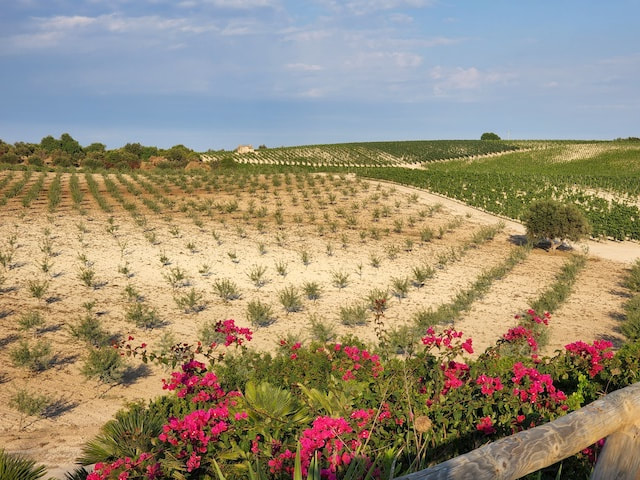
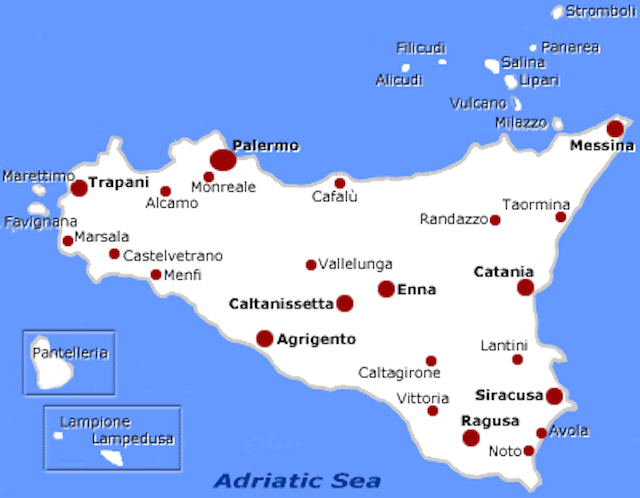
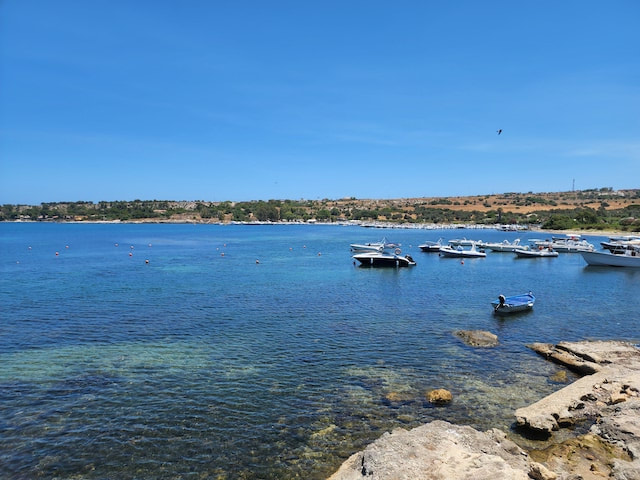
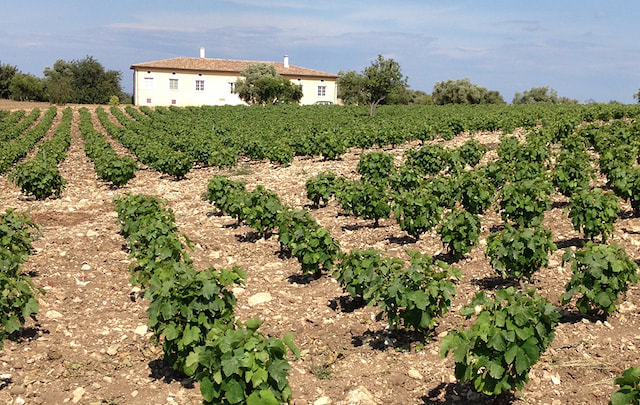
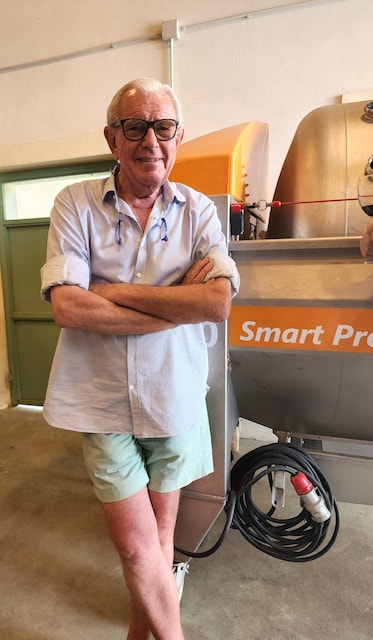
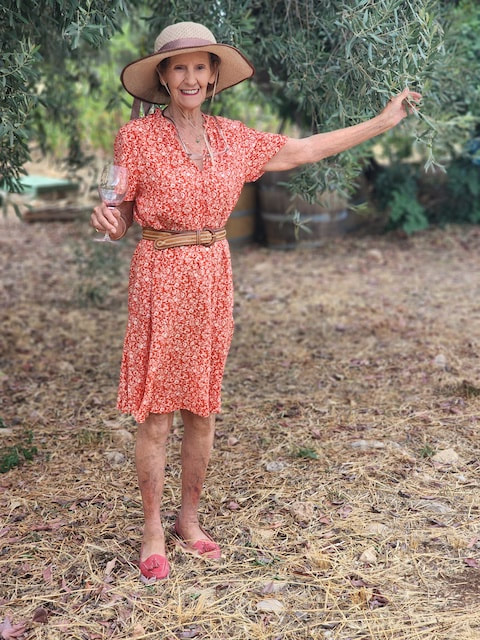
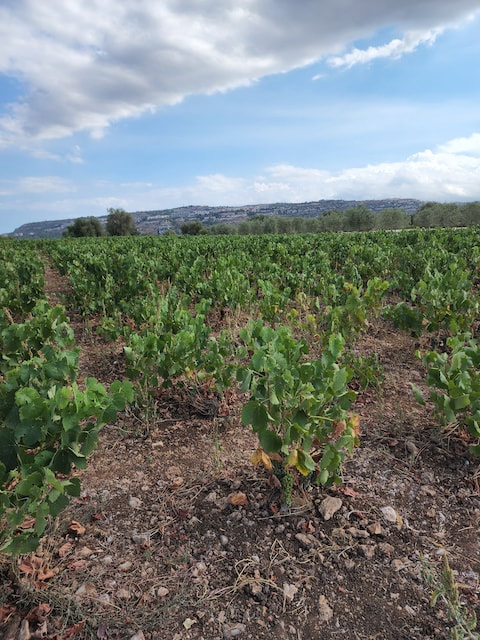
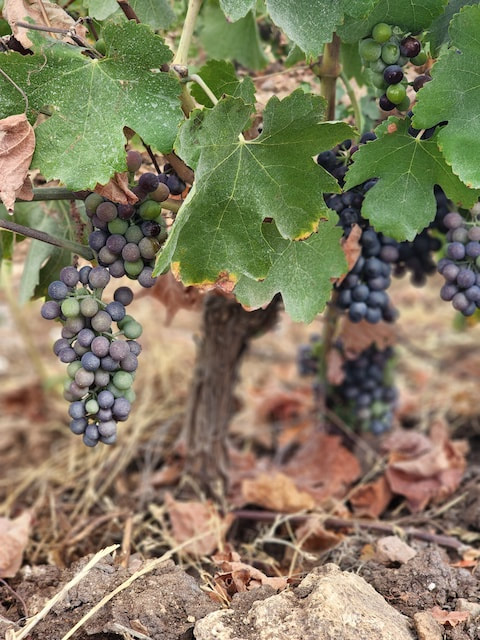
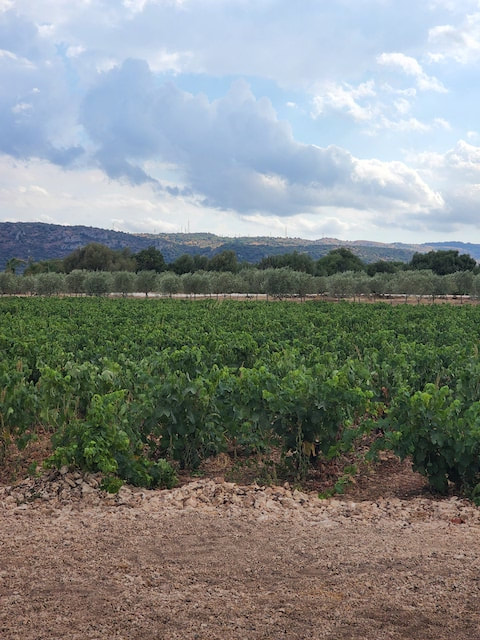
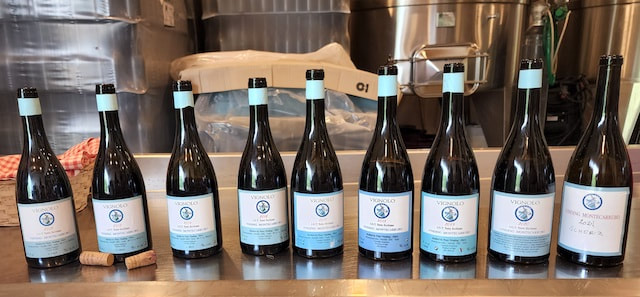
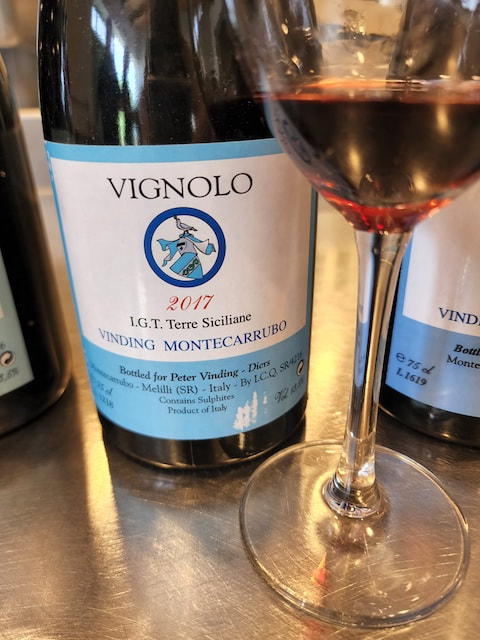
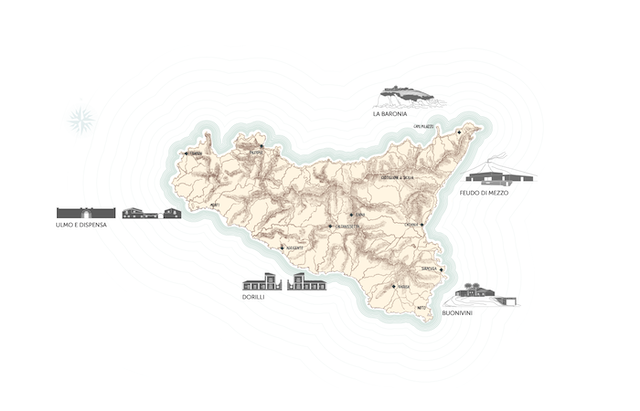
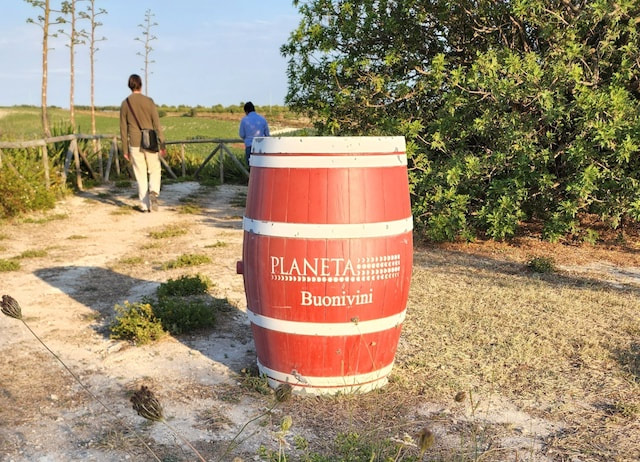
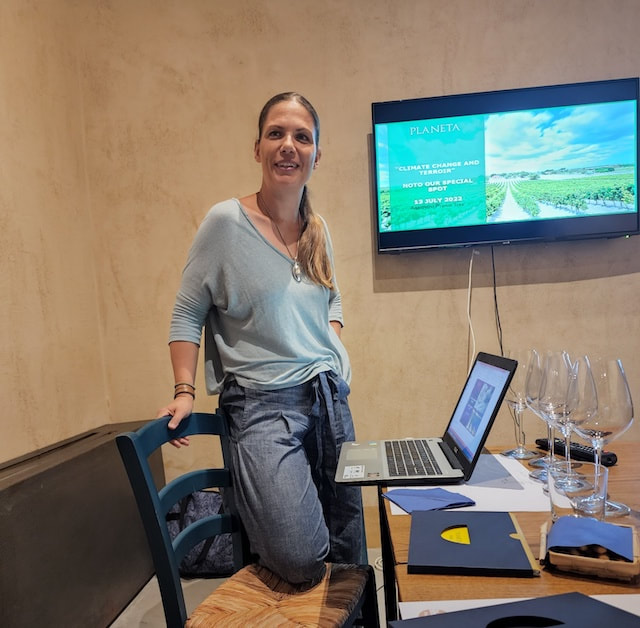
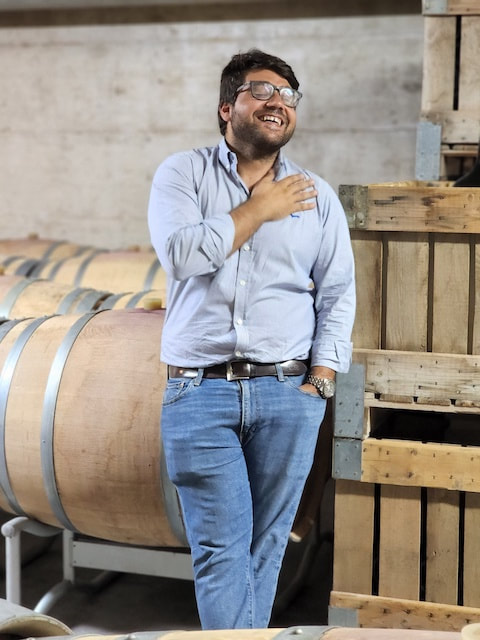
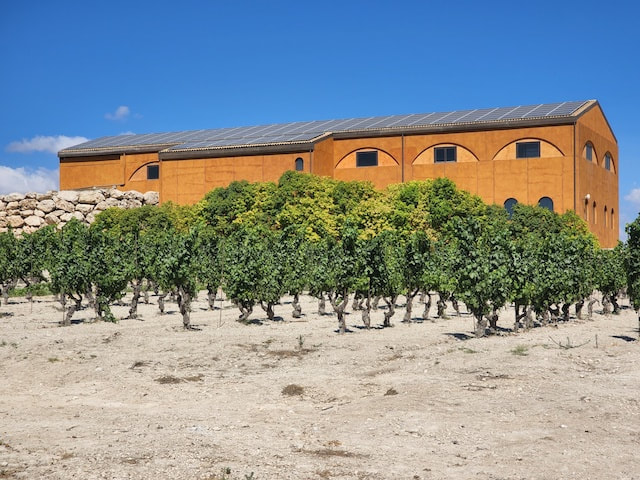
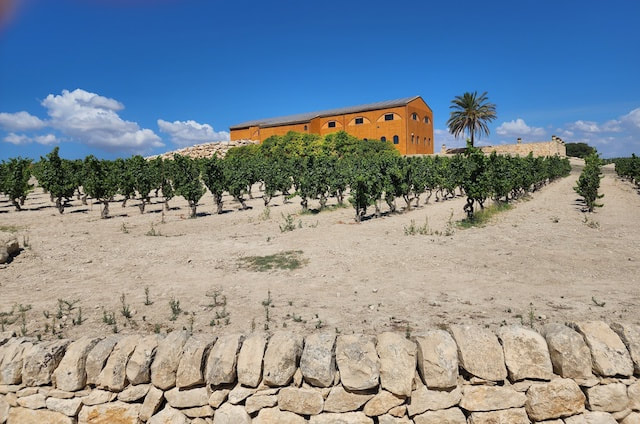
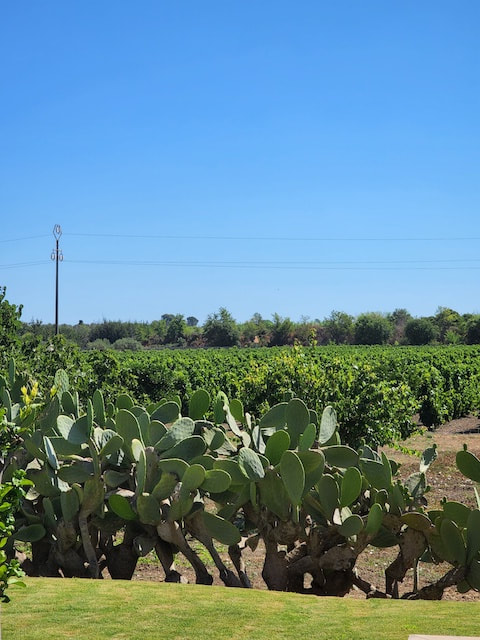
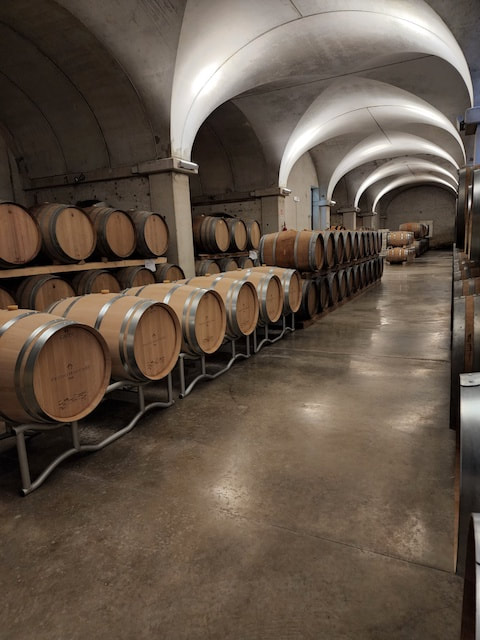
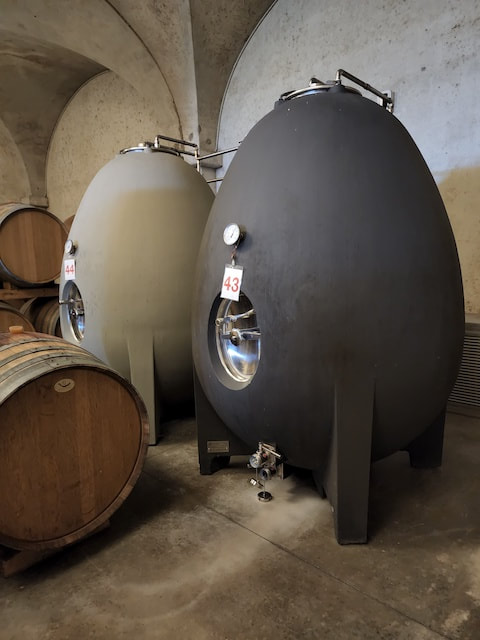
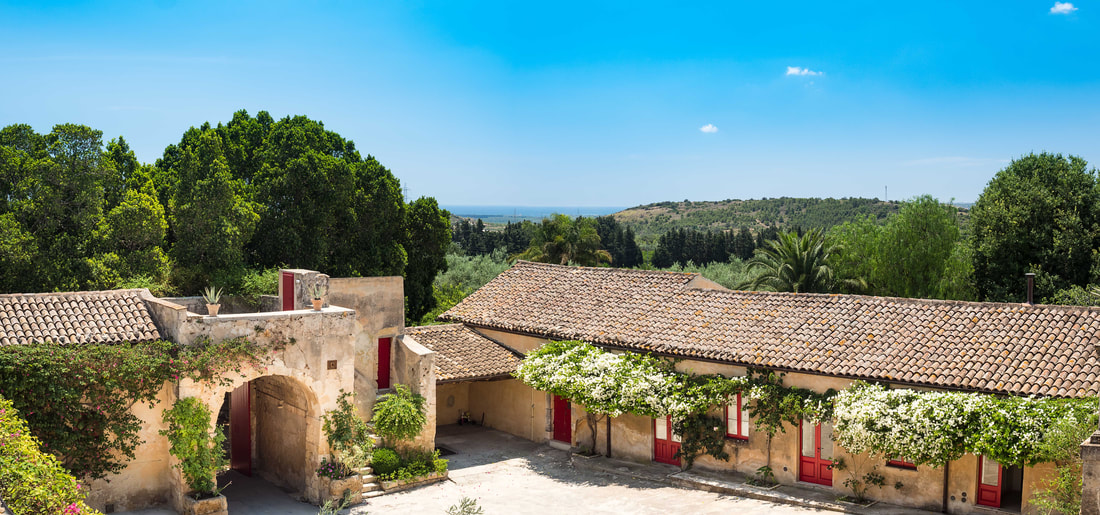
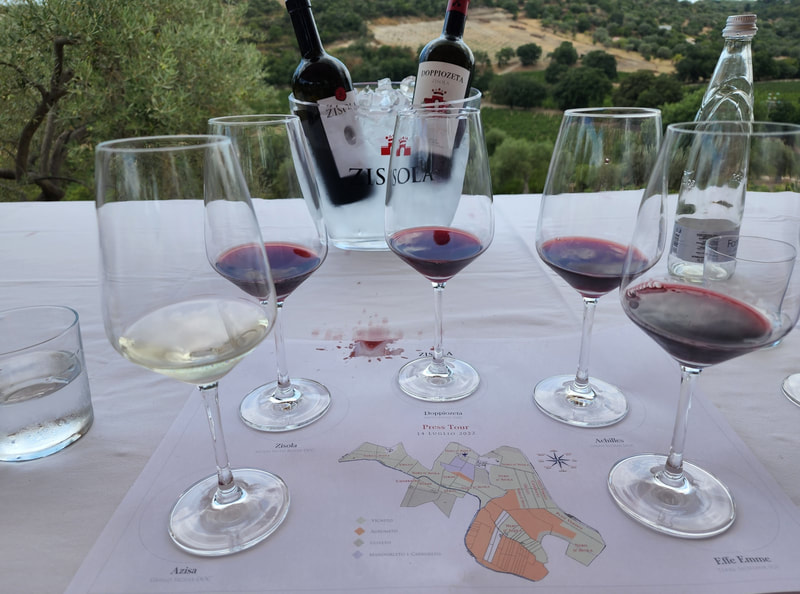
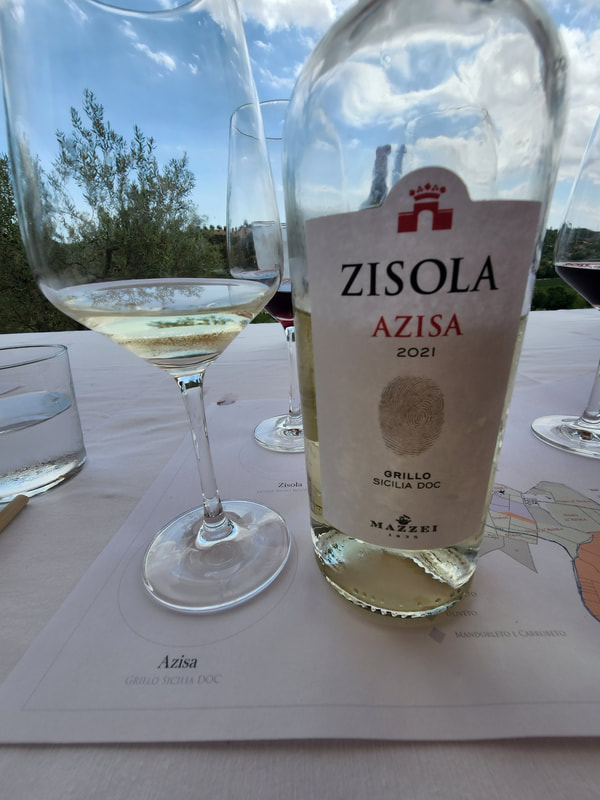
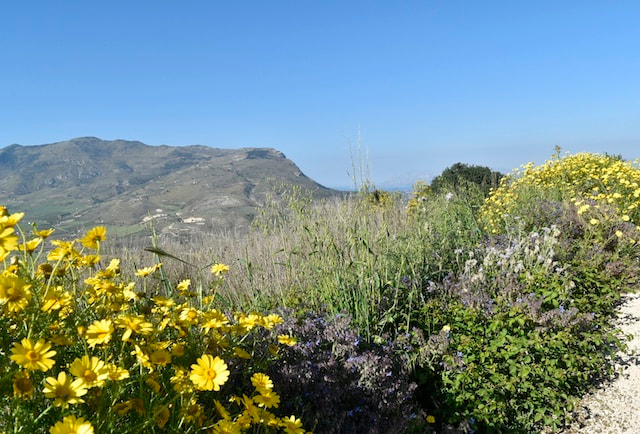
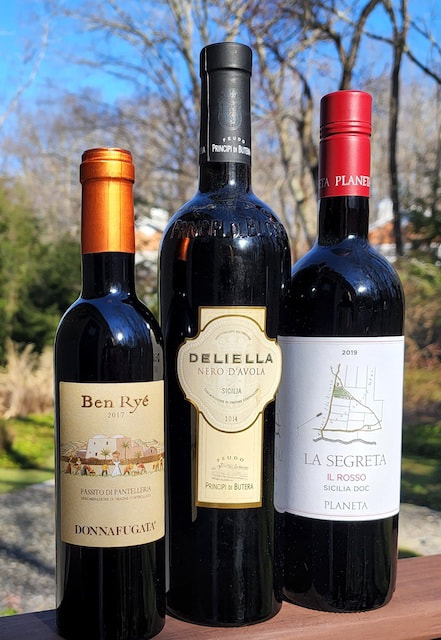
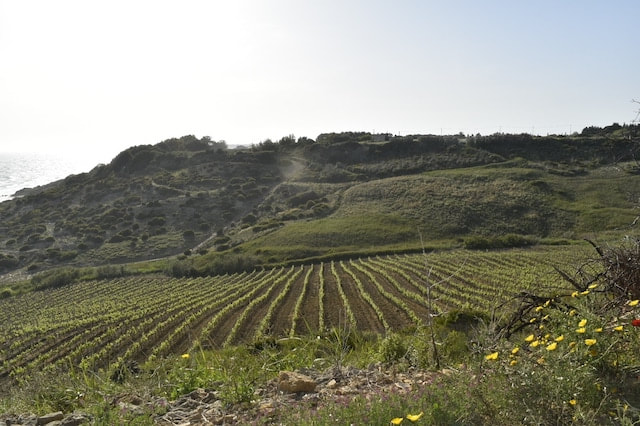
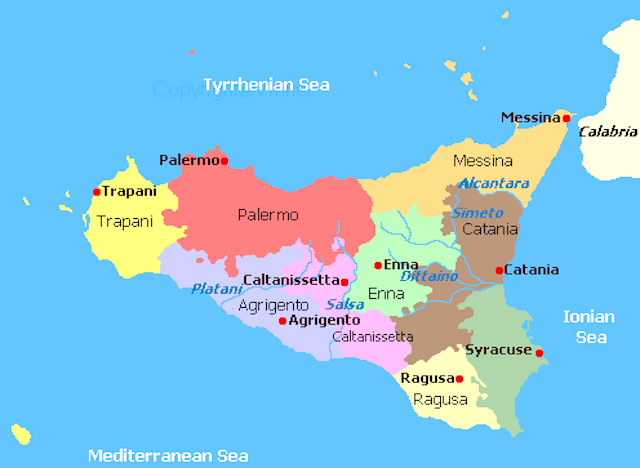
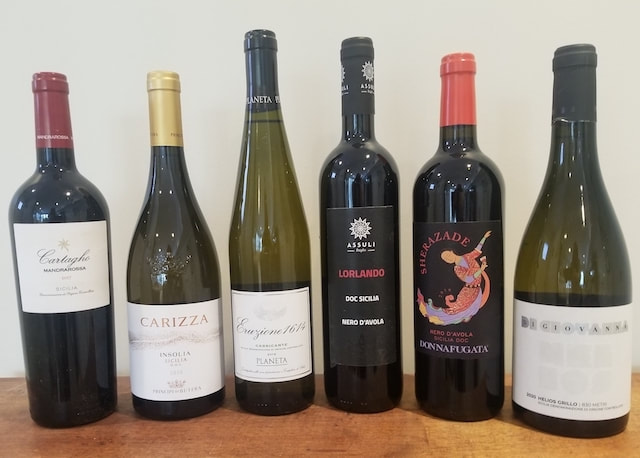
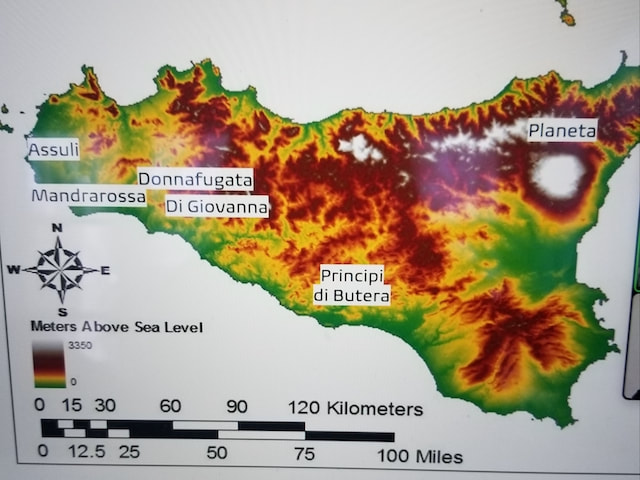
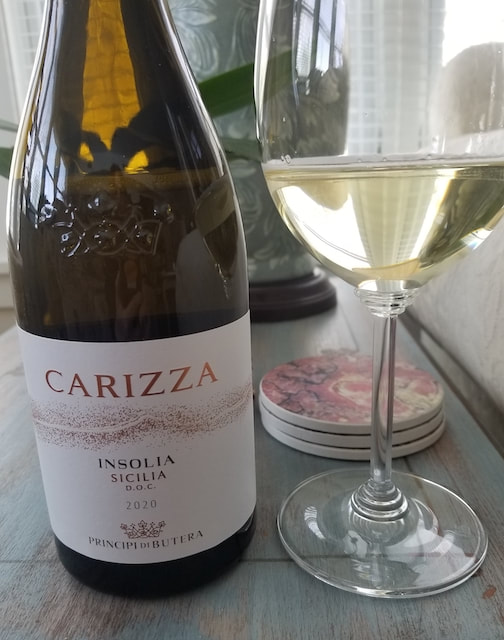
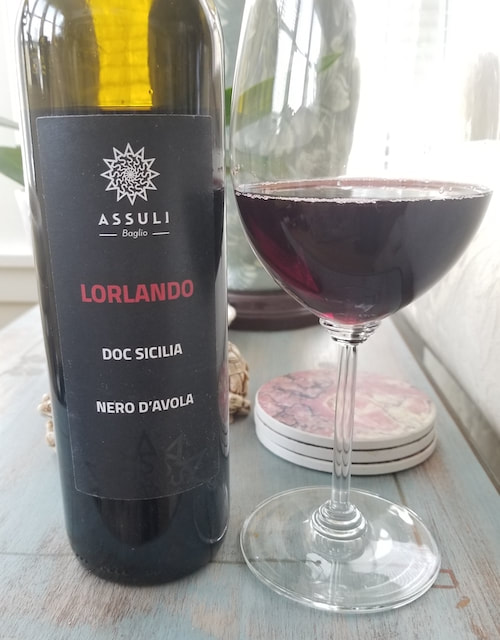
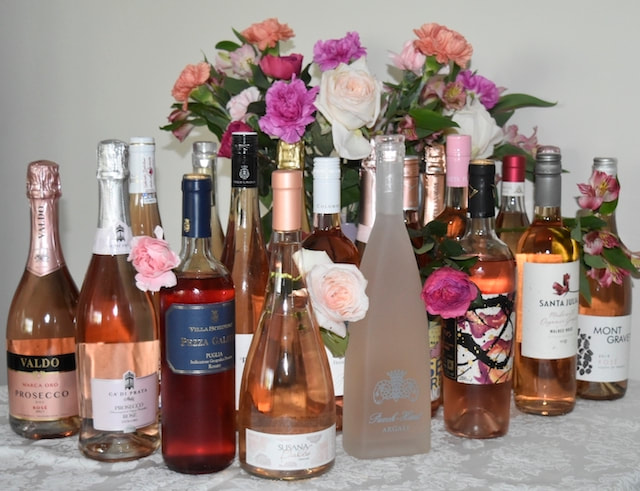
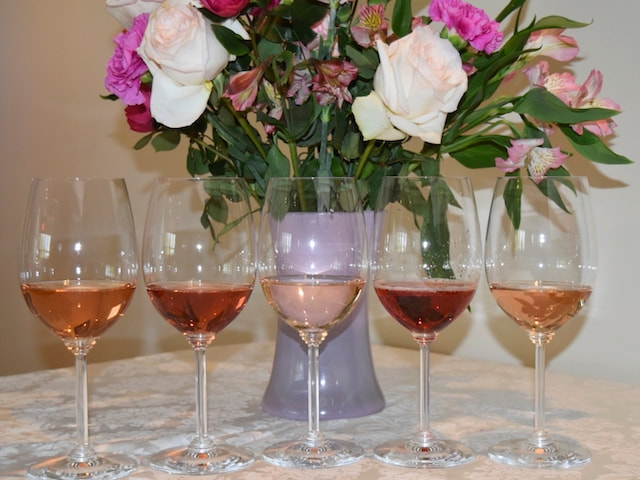
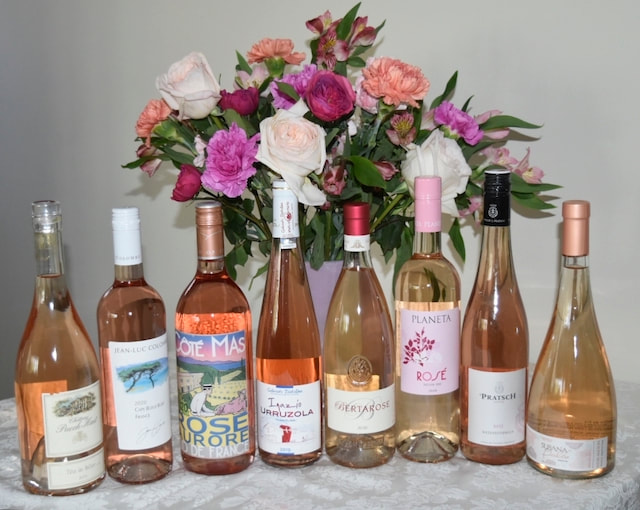
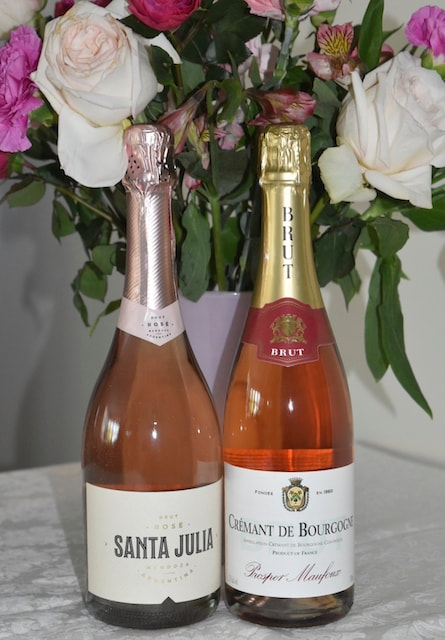
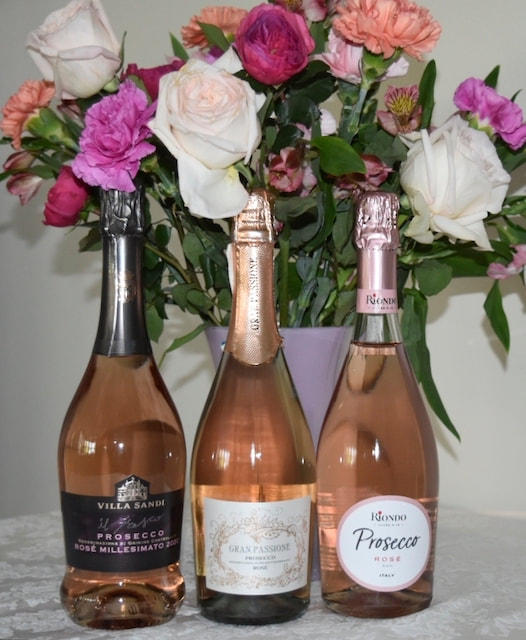
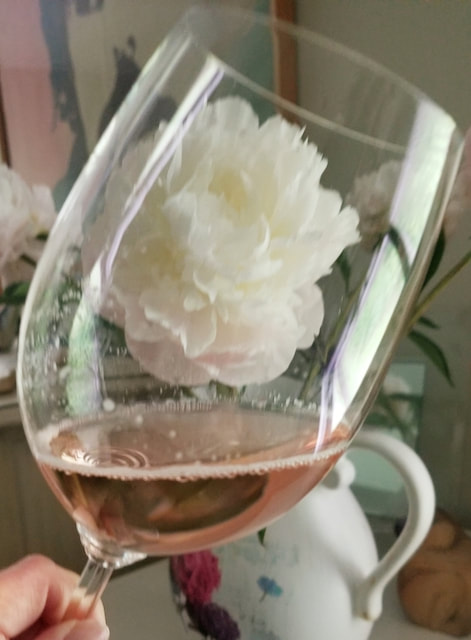
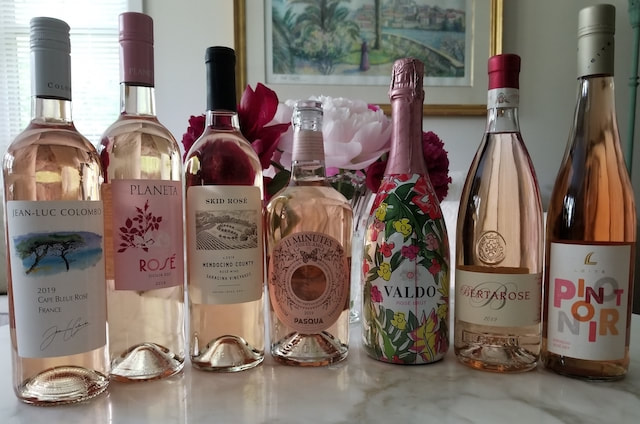
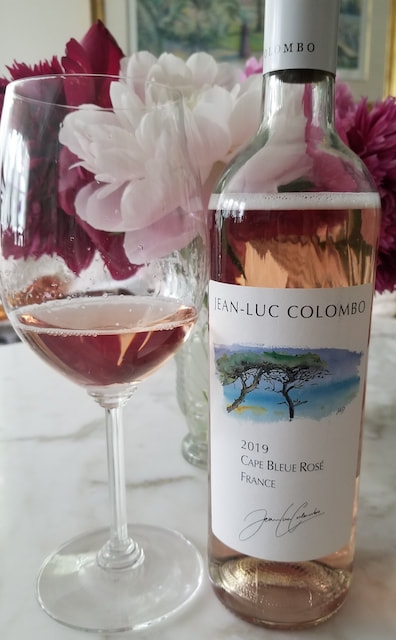
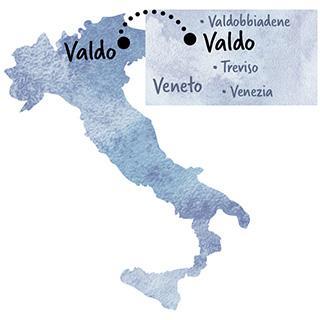
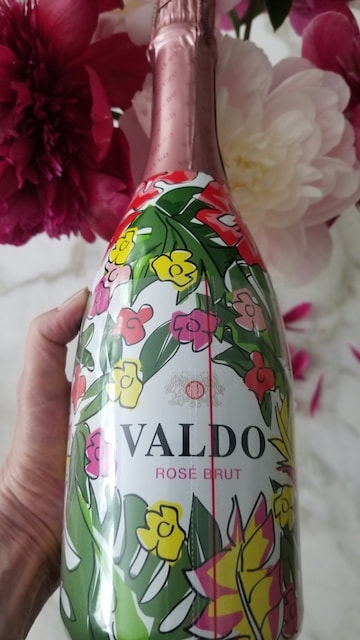
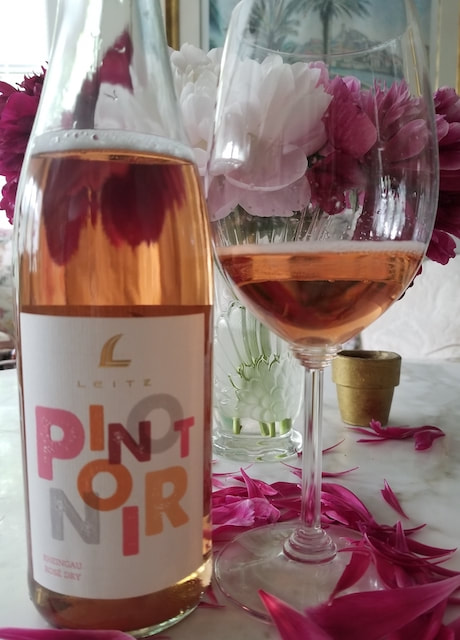
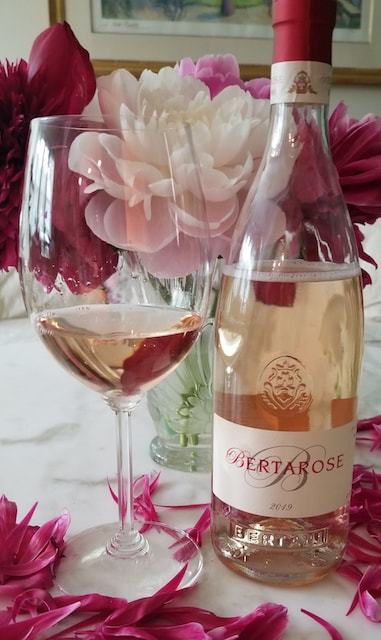
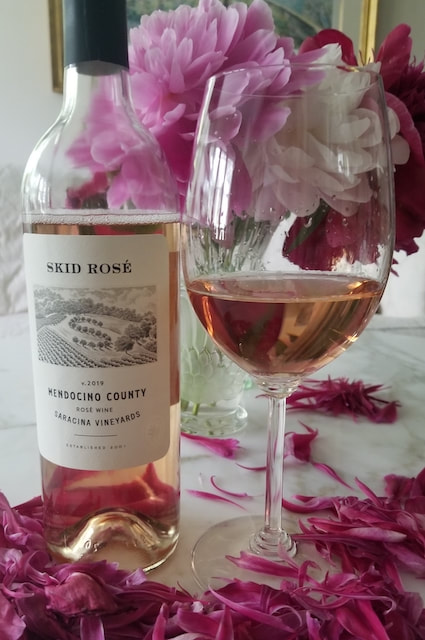
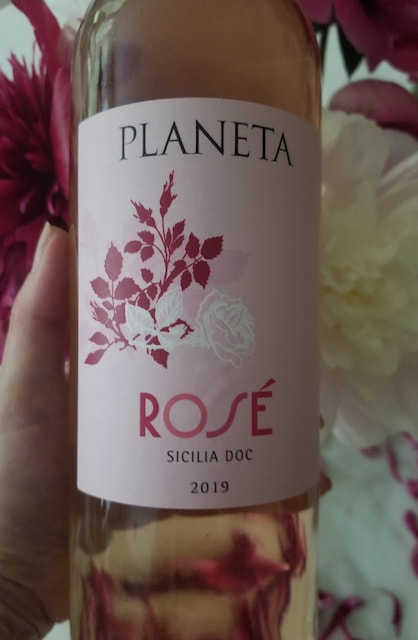
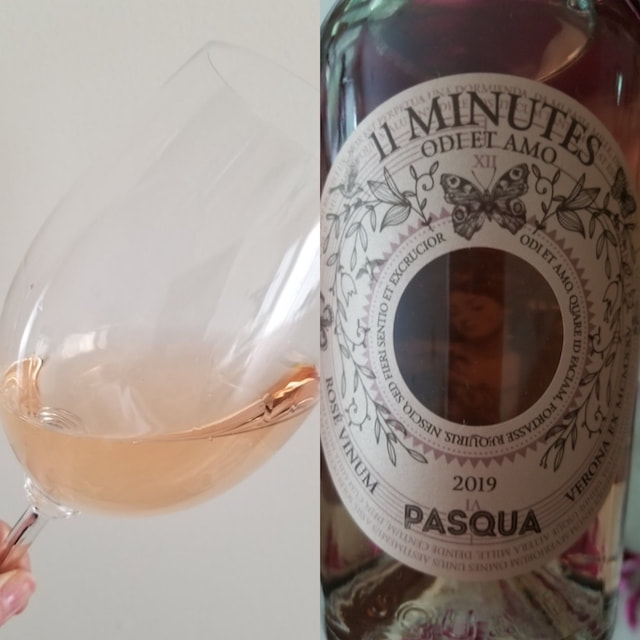
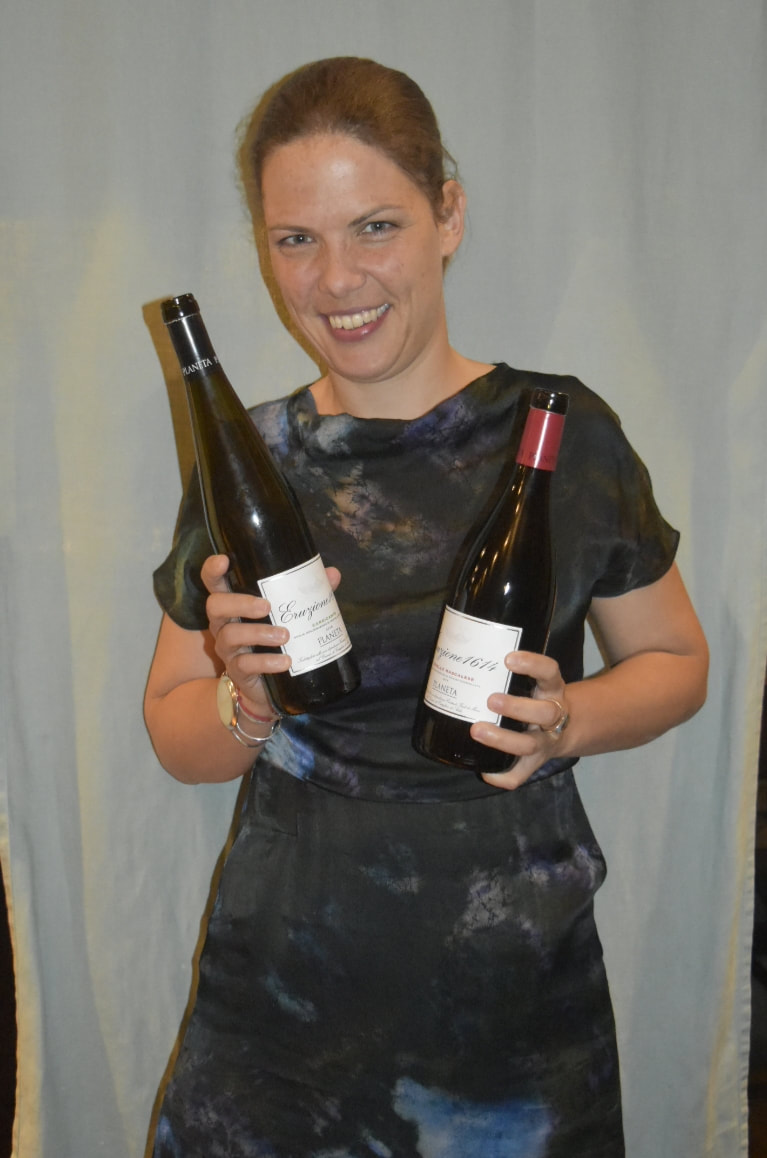
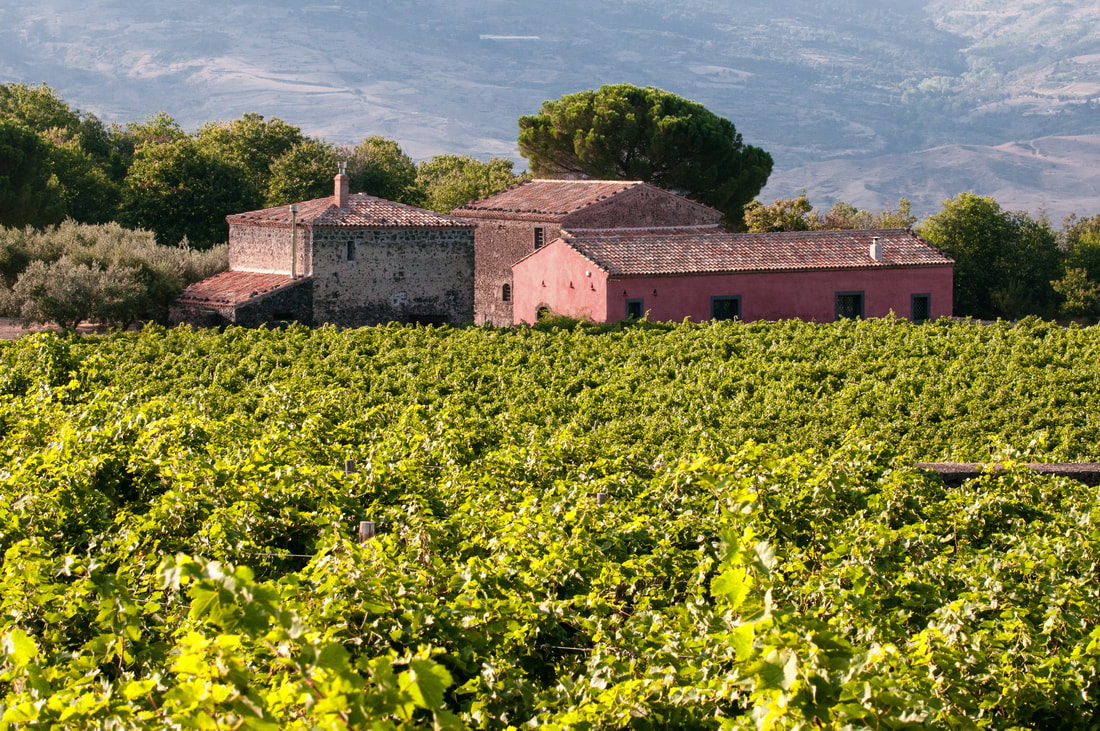
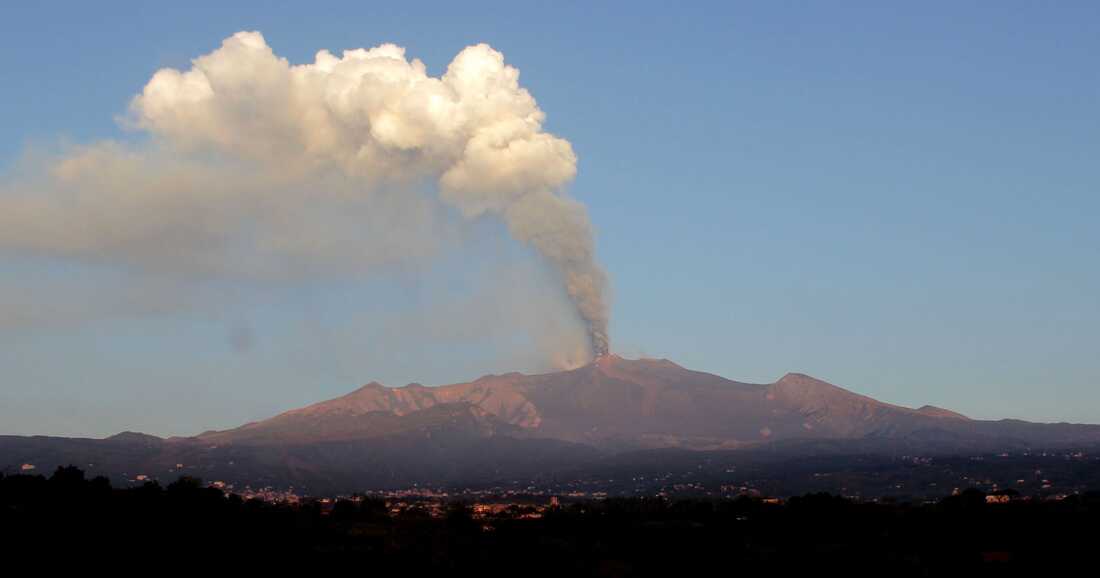
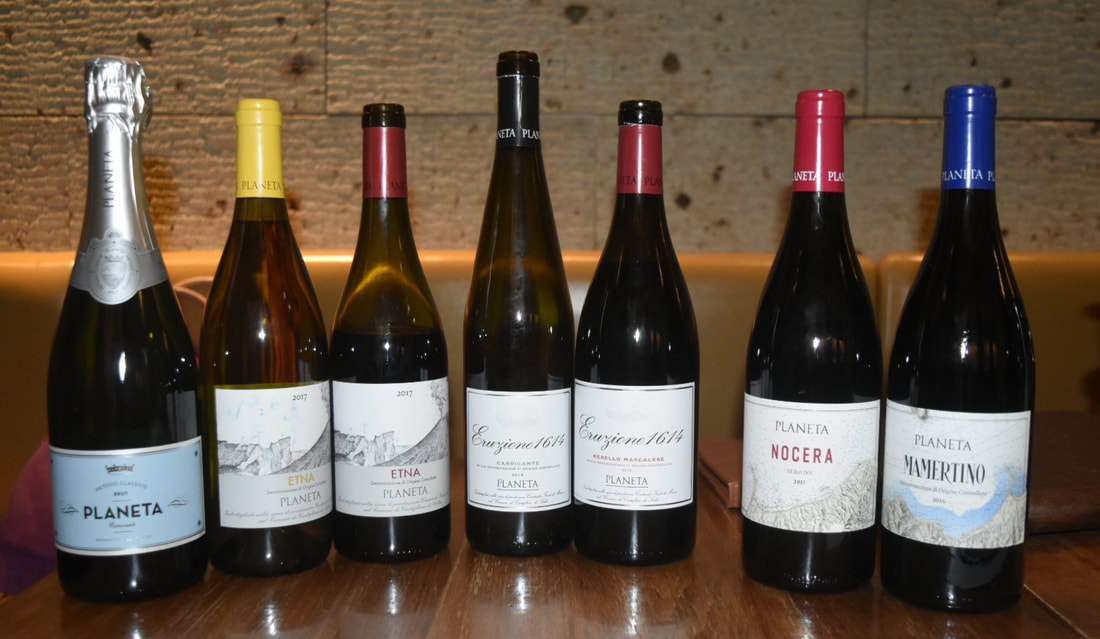
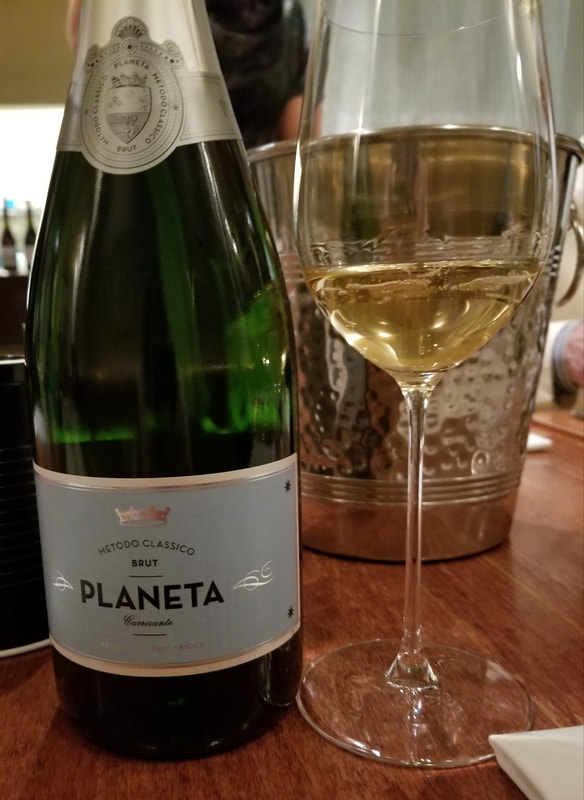
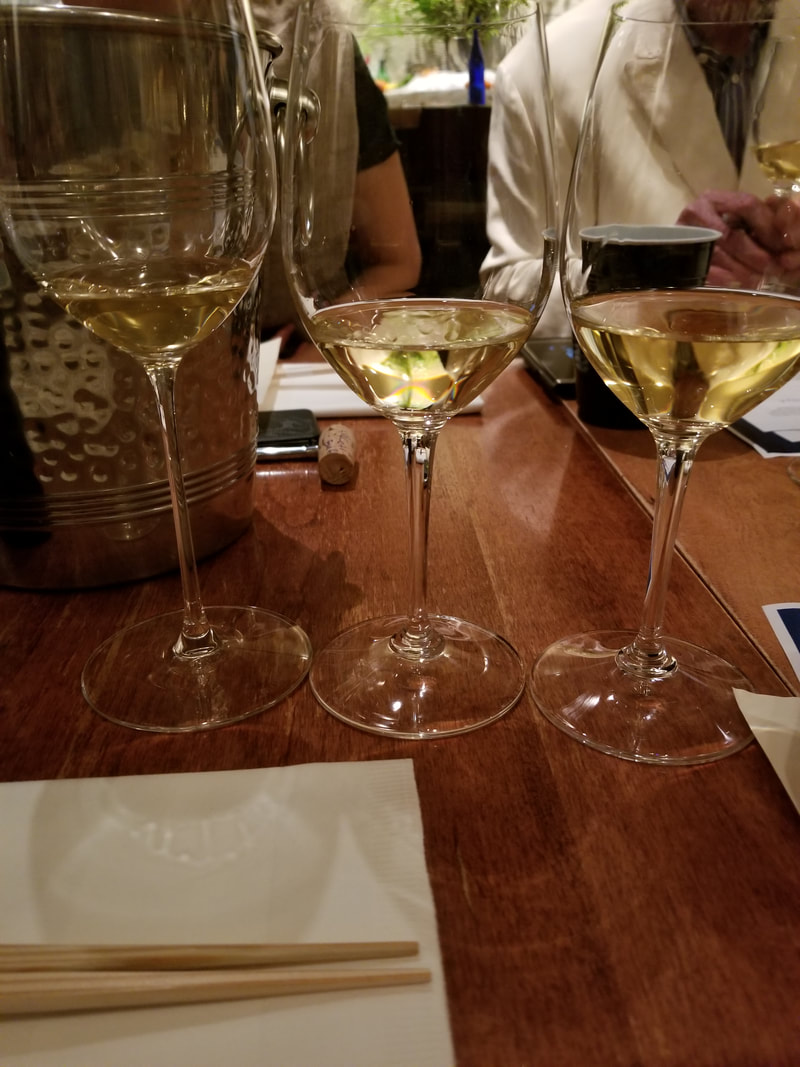
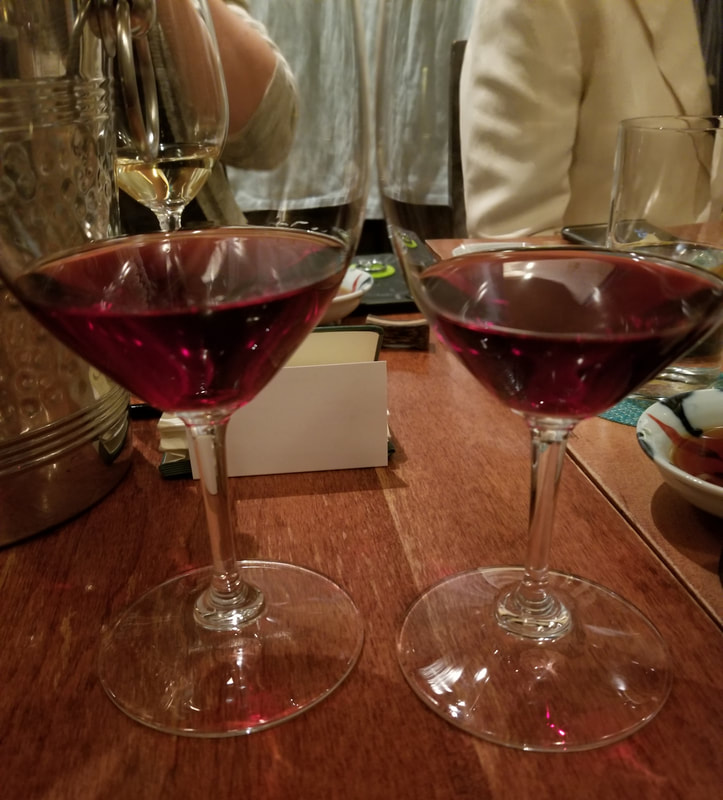
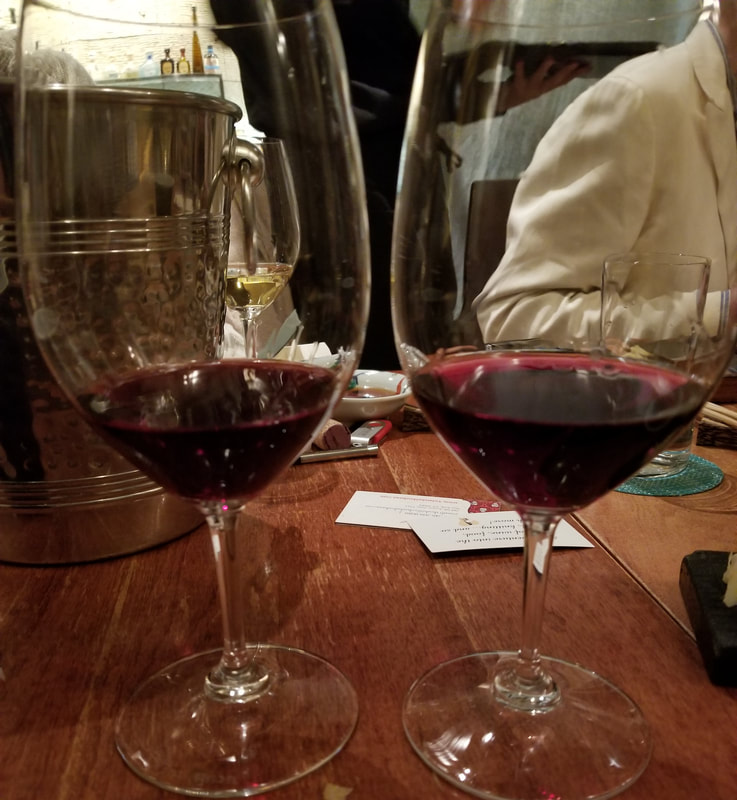
 RSS Feed
RSS Feed